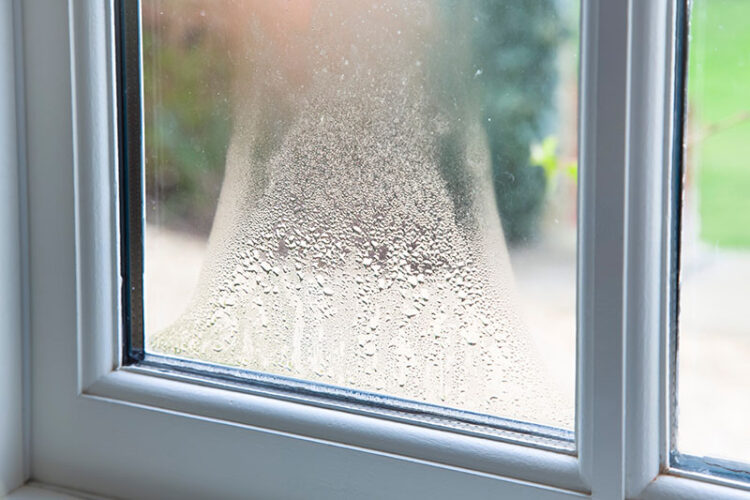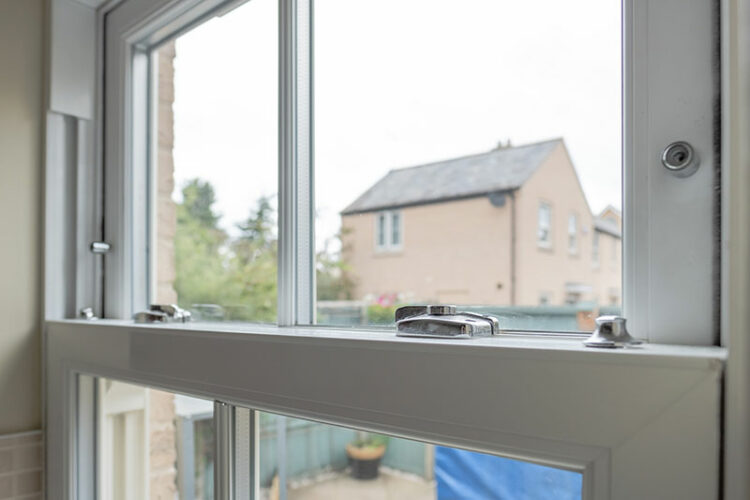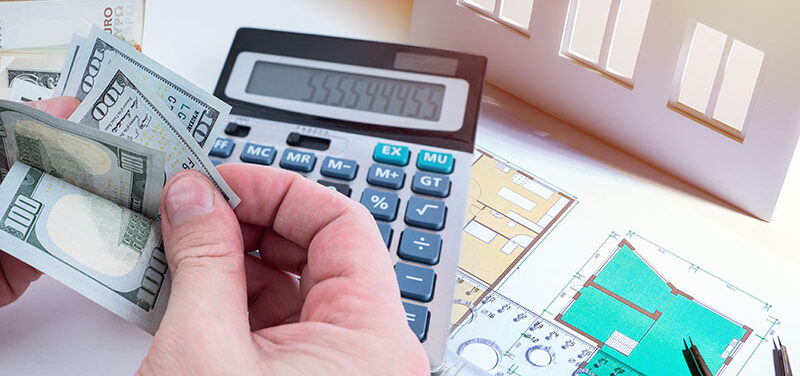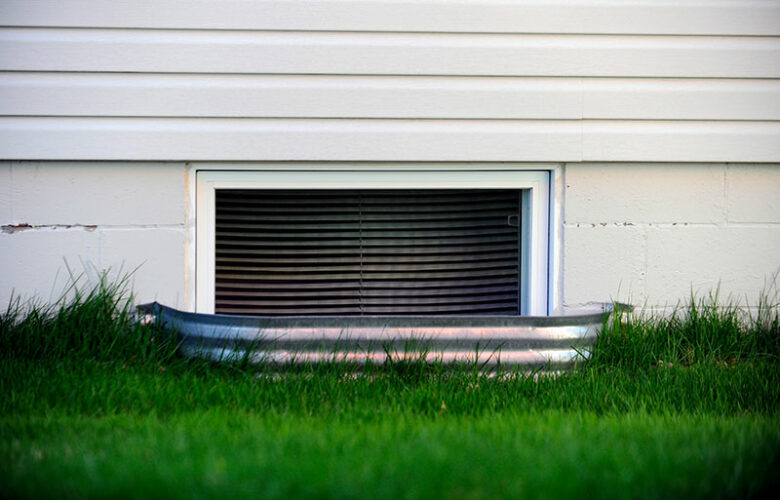Do Energy Efficient Windows Make a Difference?
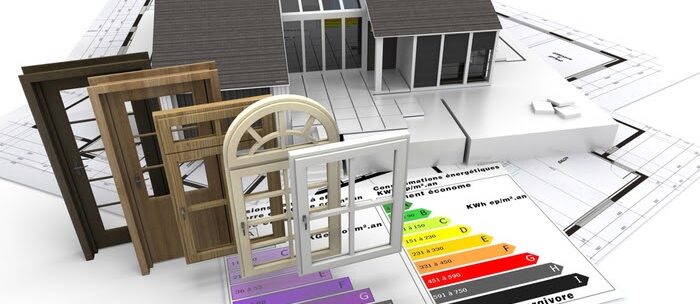
The answer to whether energy efficient windows make a difference can be found in the question, itself. It is a pretty well-known fact that homes lose most of their energy through their windows and doors. Windows that do not have energy efficient treatments on them can waste up to a whopping 50% of a home’s heating and cooling-related energy.
The benefits of energy efficient windows
Like we’ve mentioned in the beginning, energy efficient windows will play a significant role in mitigating unwanted heat loss in winter and will keep your home cooler in summer. It also means that there will be less strain on your HVAC system, increasing their lifespan. These windows will also allow you to take full advantage of daylight, without having to turn on the light prematurely.
They will also increase the comfort of your home. In winter, for instance, the traditional glass surface cools significantly, creating uncomfortable drafts around the room. It will no longer be the case with energy efficient windows. It’s also good to take into account the condensation level. As the interior surface of these windows is much higher than other windows, condensation is substantially reduced or even eliminated.
Get a Free Estimate Today
50% off installation. Special financing available. See details.
UV radiation
They can also reduce the amount of UV radiation that comes into the home, thus increasing the life of your fabrics and furnishings. Last but not least, these windows will also decrease the amount of noise coming from the outside, making your home even more comfortable, in the process.
The problem with glass
It is a well-known fact that homes lose most of their energy through doors and windows. Windows without energy efficient treatments can waste up to 50% of a home’s cooling and heating-related energy.
Glass is not a great insulator, so a lot of heat will escape through the window in the winter, while in the summer, outside heat can get inside. With energy-efficient windows, this process is significantly reduced, also reducing your energy consumption and providing a more comfortable atmosphere.
You should look for windows that have an ENERGY STAR certification, since they often meet or even exceed local requirements. To determine if a window complies with your local requirements, you need to check its National Fenestration Rating Council (NFRC) label.
Most energy efficient windows
To make sure that your windows are energy efficient, look for the ENERGY STAR logo. ENERGY STAR is a program that was designed to promote energy-efficient products, backed by the United States Department of Energy and the Environmental Protection Agency (EPA).
These products have to be produced by one of their partners. They must be certified, tested, and verified separately by the National Fenestration Rating Council (NFRC), and the NFRC ratings have to meet those set down by the EPA. When a product meets all of these criteria, they can get the ENERGY STAR seal of approval.
The 5 qualities of an ENERGY STAR-approved window
Multiple panes in a window
In some cases, there can be even more than three! This helps insulate the house for energy efficiency, and it also makes the window more impact resistant and can help insulate from sounds.
Warm edge spacers
In between the panes, warm edge spacers keep every pane the correct distance apart.
“Low-e” glass
Low-e glass helps reflect UV light that can damage furniture and carpeting. It also helps control the temperature.
Frame efficiency
The frame materials can help reduce the transfer of heat; aluminum, fiberglass, and wood are good materials.
Gas fills
Some windows can have gas fills between the panes of glass for insulation.
ENERGY STAR has been an international energy-efficient product standard since the early 1990s. Products that carry this label use about 20-30% less energy than is required by federal standards.
Key features of ENERGY STAR qualified windows
ENERGY STAR qualified windows typically have many of the following features:
Low-conductivity or warm edge spacer bars, good air tightness, low-e glass, sashes, door cores, insulated frames, double- or triple-glazing with a sealed insulating glass unit, and inert gas in the sealed unit.
Are double hung windows energy-efficient?
The bottom and top sashes of double-hung windows fit very snugly in the frame, which helps limit air infiltration. This, together with multiple bulb seals, makes double-hung windows very energy efficient.
How do double glazed windows save energy?
Double glazed windows are a perfect energy-efficient choice, which also minimizes noise. The sealed air gap between the glass panes acts as an added insulation layer. This extra thermal resistance helps reduce the amount of heat escaping in winter and keeps your room at a comfortable temperature.
Are hurricane windows energy-efficient?
Hurricane impact windows will surely make your home more energy efficient by giving more temperature and air insulation to your home. This means that your window won’t crack, which will prevent the air inside of the room from seeping out.
Do double pane windows save energy?
Double-paned windows can be as much as 50 percent more efficient than standard single-pane windows, and since your windows account for as much as 50% of your cooling and heating bills, double-paned windows can have a huge impact on your energy costs.
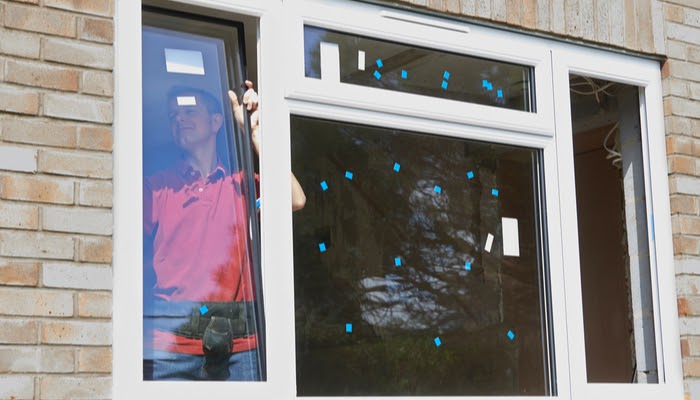
What to look for in energy efficient windows?
Energy efficient windows need to comply with your local energy code. You should look for models that have an ENERGY STAR certification as these often meet or even exceed local requirements. To determine whether any specific window complies with your local requirements, check its National Fenestration Rating Council (NFRC) label. It will display the window’s energy properties as follows:
U-Factor – This rates the heat loss of the non-solar heat loss. The lower this number, the higher it’s insulating value.
Solar Heat Gain Coefficient (SHGC) – The SHGC is the fraction of incident solar radiation that passes through the window. The lower this coefficient is, the less solar heat it transmits. Depending on the climate, the house-window orientation, shade, etc., a higher or lower SHGC is desirable.
Visible Transmittance (VT) – The VT measures the amount of daylight that enters your home. The higher the number, the more light is realized. It will save you on your lighting bills.
Air Leakage (AL) – The air leakage is expressed in cubic feet and represents the amount of air passing through the window area. It means that with a low AL, less air will pass through the cracks.
Condensation Resistance (CR) – CR represents how well as particular window will resist the formation of condensation on its surface. The higher the number, the better.
How to read an energy rating label
You can learn how to read the energy efficiency label that is displayed on all new windows.
The National Fenestration Rating Council has put together an energy efficiency label for windows, which is a single point of reference for both homeowners and installment companies to understand how energy efficient a window is.
To understand the label, you need to understand all the codes and numbers written on the label, including:
Certified stamp
In the upper left corner, you can find the NFRC certified stamp that confirms the window’s manufacturer was licensed by the NFRC.
U-factor
Under the Energy Performance Rating label, there are two numbers: 1) on the left is the U-factor that shows how well the window can prevent heat from escaping a room. This number goes from 0.20 to 1.20, and the lower the value, the better the window is at keeping the heat in the room. 2) To the right is the Solar Heat Gain Coefficient, which measures how well the window can resist heat gain. The value goes from 0 to 1, and the lower the value, the less money you’ll need to spend on cooling.
Visible transmittance & air leakage
Under the lower Additional Performance Ratings label are also two values: 1) To the left is the Visible Transmittance value that shows how well the window is designed to let sunshine inside. This can range from 0 to 1, and the higher the value, the more light the window will let in the house. 2) To the right is the Air Leakage value that shows how much air can enter the space around the window. It can range from 0.1 to 0.3, and the lower the value, the less draft you’ll get.
The rest of what you can find on the label is information such as the name of the product and the manufacturer, etc.
1-800-HANSONS will be at your service with any window replacement work that you may need. We provide single or double hung, casement, slider, bay, bow, picture or garden windows in a variety of shapes, sizes, colors, glass, vents, etc. Contact us today for a free estimate.


